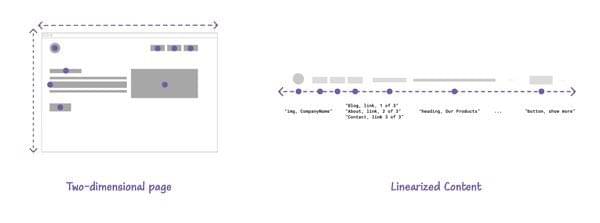Build Design Systems With Penpot Components
Penpot's new component system for building scalable design systems, emphasizing designer-developer collaboration.


ARIA live regions are a way to notify screen readers of dynamic content updates. This excerpt from Sara Soueidan's course on her blog explains what live regions are, why they're important for accessibility, and the different ways to create them using ARIA attributes and roles.
ARIA live regions allow the communication of dynamic content updates to screen readers without moving user focus.
Careful implementation is required as poor use can disorient screen reader users.
Live regions are created with the aria-live attribute (ARIA roles like "alert" and "status", or the HTML <output> element)
Aria-live values ("polite" or "assertive") determine if updates interrupt user or wait until idle.
Live region roles like "alert" add semantics indicating type of message.
Live regions are suitable for transient status messages, not persistent content.
The objective of ARIA live regions is to ensure that dynamic content changes are properly announced to assistive technologies and screen reader users.
By adhering to established guidelines and best practices for accessible notifications, developers can significantly enhance the user experience for individuals relying on screen readers.
Understanding the nuances of aria-relevant and other live region attributes is essential for effectively implementing an accessible notification system.
While live regions are great for communicating transient updates like status messages, be cautious about overusing them as poor implementation can disorient users. The chapter emphasizes that for many common UI patterns, there may be better alternative techniques than live regions.
To learn the best practices for using and avoiding live regions, check out the full chapter – it provides deeper insights and guidance to ensure you create an optimal accessible experience when dealing with dynamic content updates.

AI-driven updates, curated by humans and hand-edited for the Prototypr community